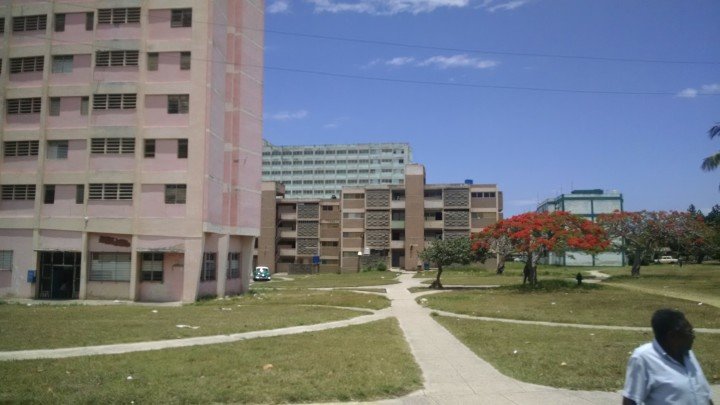
Almost all of the buildings currently standing in Havana were built before 1959, which fuels the citys vintage feel and appeal. The colonial-era Old Havana, with its charming system of squares, is the focus of the governments preservation efforts. Such a narrow focus creates a conundrum for the citys other neighborhoods, where the burden of preservation falls mostly to residents themselves. Other parts of our trip took us to more suburban developments, including luxurious pre-1959 houses and public housing developed around the 1991 Pan American Games, which Havana hosted.

The trip was a very special experience for CHPC board members and friends, for whom the idea of traveling to Havana has not been realistic for most of our lifetimes. The beautiful city, friendly people, good food, and hospitalitynot to mention the eye-opening lessons about building and development in Cubacreated indelible impressions on all of us. To view more photos from our trip,head to CHPC’s Facebook page!
Almost all of the buildings currently standing in Havana were built before 1959, which fuels the citys vintage feel and appeal. The colonial-era Old Havana, with its charming system of squares, is the focus of the governments preservation efforts. Such a narrow focus creates a conundrum for the citys other neighborhoods, where the burden of preservation falls mostly to residents themselves. Other parts of our trip took us to more suburban developments, including luxurious pre-1959 houses and public housing developed around the 1991 Pan American Games, which Havana hosted.

The trip was a very special experience for CHPC board members and friends, for whom the idea of traveling to Havana has not been realistic for most of our lifetimes. The beautiful city, friendly people, good food, and hospitalitynot to mention the eye-opening lessons about building and development in Cubacreated indelible impressions on all of us. To view more photos from our trip,head to CHPC’s Facebook page!




